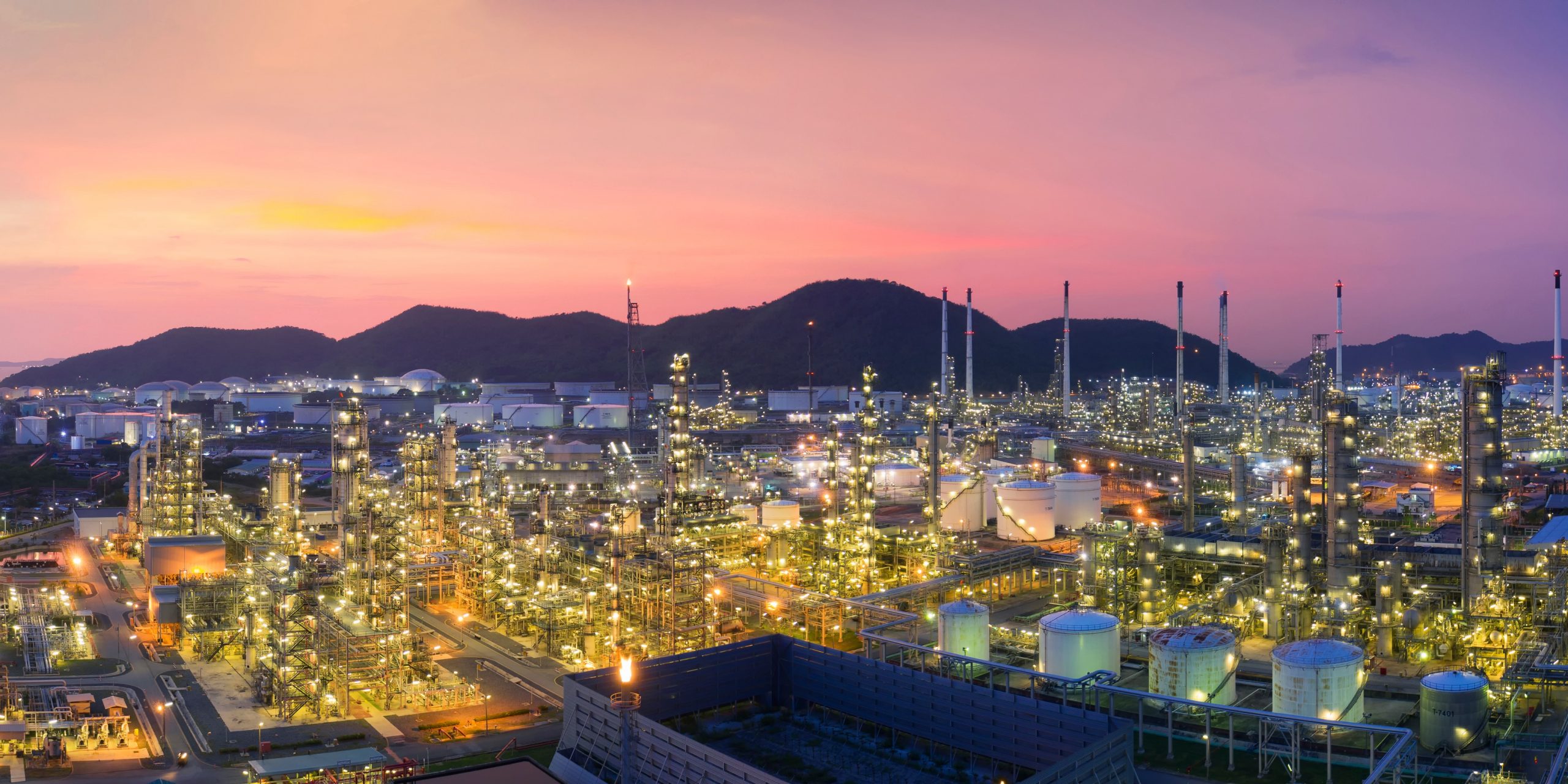American gas exports to Europe have surged since late last year, helping patch a supply crunch created by lower Russian pipeline deliveries and alleviating fears that the European Union would be left in the cold as it imposed economic sanctions on Moscow for launching a brutal invasion of Ukraine.
The question now is whether the United States can keep the gas flowing. American liquefied national gas terminals are maxed out and building new ones will take years. Europe needs alternatives to Russian gas today, amid fears that Moscow could stop exports completely. Its scramble to find additional supplies is upending a rapidly expanding LNG market and driving prices on the global market higher.
President Biden nevertheless has promised to guarantee additional LNG to Europe this year. Exactly how the president plans to fulfil that promise remains to be seen.
But the answer — in whatever form it comes — has far-reaching security, economic and climate implications.
China, which last year became the world’s largest LNG consumer, is ramping up domestic gas production, increasing pipeline imports from Russia and burning more coal to offset a decrease in LNG shipments. In Japan, policymakers are contemplating whether to restart nuclear plants that were shuttered after the Fukushima Daiichi disaster in 2011. Soaring gas prices, meanwhile, have cut into the budgets of developing countries like Bangladesh, which had been looking to LNG to help stabilise its energy needs.
“Many countries are going to have to make difficult choices when it comes to [putting] the priority on security of supplies, affordability and sustainability,” said Anne-Sophie Corbeau, a global research scholar at Columbia University’s Centre on Global Energy Policy.
Asia has been the top destination for American LNG cargoes since the United States began shipments in 2016. South Korea has accounted for 14.4 percent of US LNG exports since that time, followed by Japan (10.5 percent) and China (8.7 percent), according to Energy Department figures.
But recent months have seen dramatic changes in LNG flows. Gas shipments to China, Japan and Korea were down 11 percent, 14 percent and 7 percent, respectively, in the first quarter compared with the same time last year, said Valery Chow, an analyst who tracks the industry at Wood Mackenzie.
While Qatar and Australia have continued to ship LNG to Asia, American supplies have been rerouted to Europe. Cheniere Energy Inc, America’s top LNG exporter, estimates that 75 percent of shipments to leave its docks since the start of the year have been bound for Europe. In January, the United Kingdom, France, Spain and Turkey ranked as the top four markets for US LNG exports, according to the Energy Department.
“Asian LNG demand continues to slow in the face of high European import demand. Asian buyers require additional LNG, but high volatility and liquidity issues have disrupted the normal functioning of the LNG spot market,” Chow wrote in an email. “We anticipate high LNG spot prices to persist, weakening Asian demand growth until the mid-2020s.”
To compensate for less LNG, Asian countries are turning to other energy sources.
Japan, historically the world’s largest LNG consumer, is contemplating restarting many of the nuclear reactors it had idled in the wake of the Fukushima disaster. Public support for restarting the country’s nuclear plants has been growing, according to a recent opinion poll.
“That’s in part because Japan doesn’t have continental electricity or natural gas pipeline networks, so nuclear energy is about the only baseload energy source that is indigenous,” said Jane Nakano, a senior fellow with the energy security and climate change programme at the Centre for Strategic and International Studies. “Japan has been adding quite a bit of solar, she added, but its mountainous terrain makes it hard to deploy onshore wind and solar on a large enough scale to meet demand.
Japan has 34 nuclear units that it could restart eventually, with nine already permitted,” Nakano said. But even if it restarted all 34 units tomorrow, that wouldn’t replace all the country’s LNG import requirements.
“It’s as much an energy security challenge as an energy transition challenge,” she said.
Japan did agree in early February to divert some LNG cargoes to Europe after meeting with diplomats from the United States and European Union. It also signed on to a statement last week along with other members of the group of seven major economies in support of efforts to ensure stable, sustainable energy supplies.
Japan’s position in the G-7 and as a close US ally may give Washington some leverage with Tokyo as long as the administration tries to help broker alternatives to the LNG it would be diverting, say analysts. But Japan has its limits, they said.
“What Japan appears to have done is extraordinary in that Japan agreed to divert some LNG to Europe,” said Kevin Book, a managing director at ClearView Energy Partners LLC. “It is not going to be easy to continue to call on an energy-poor country to make contributions contrary to its own welfare.”
For more information visit www.woodmac.com




















